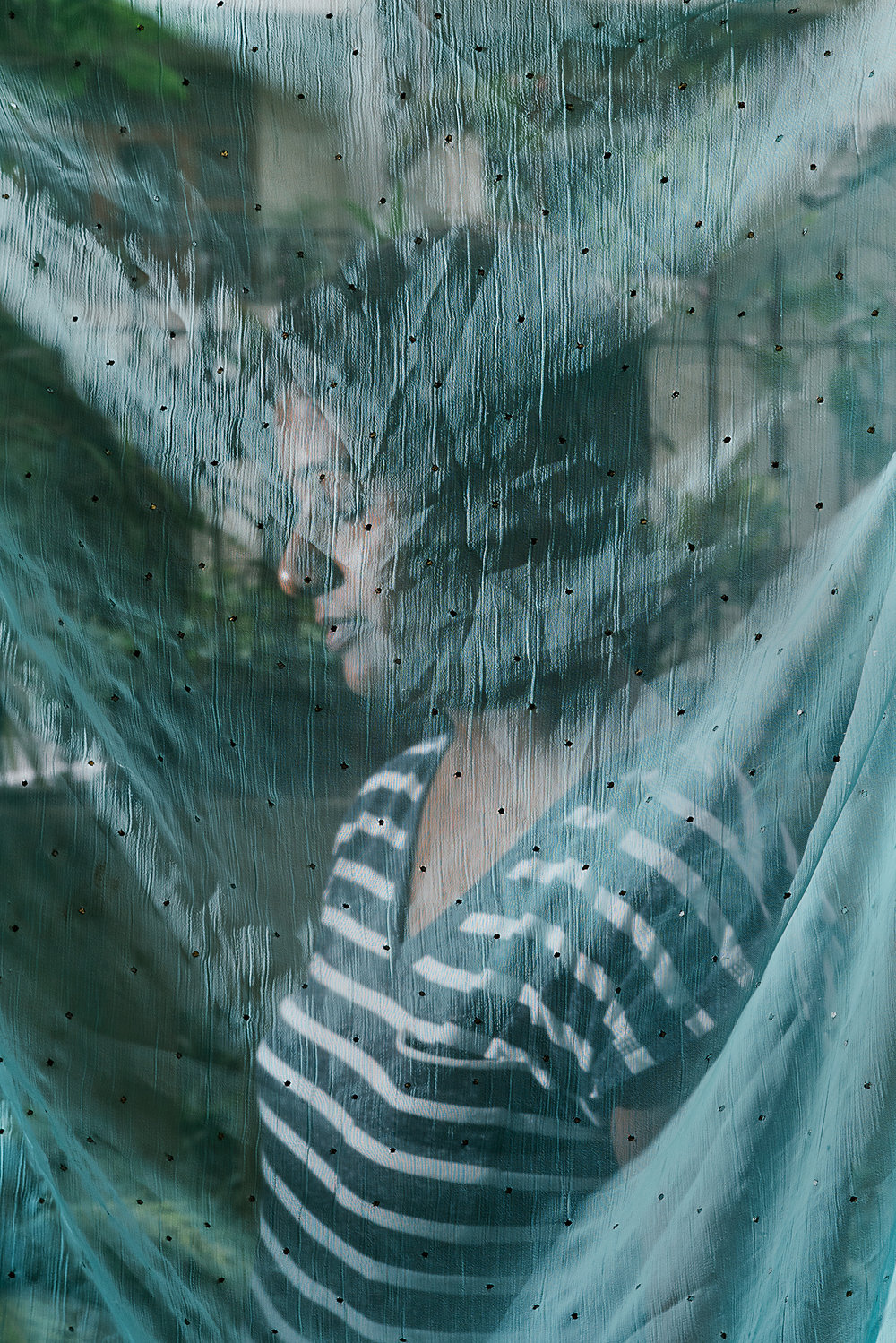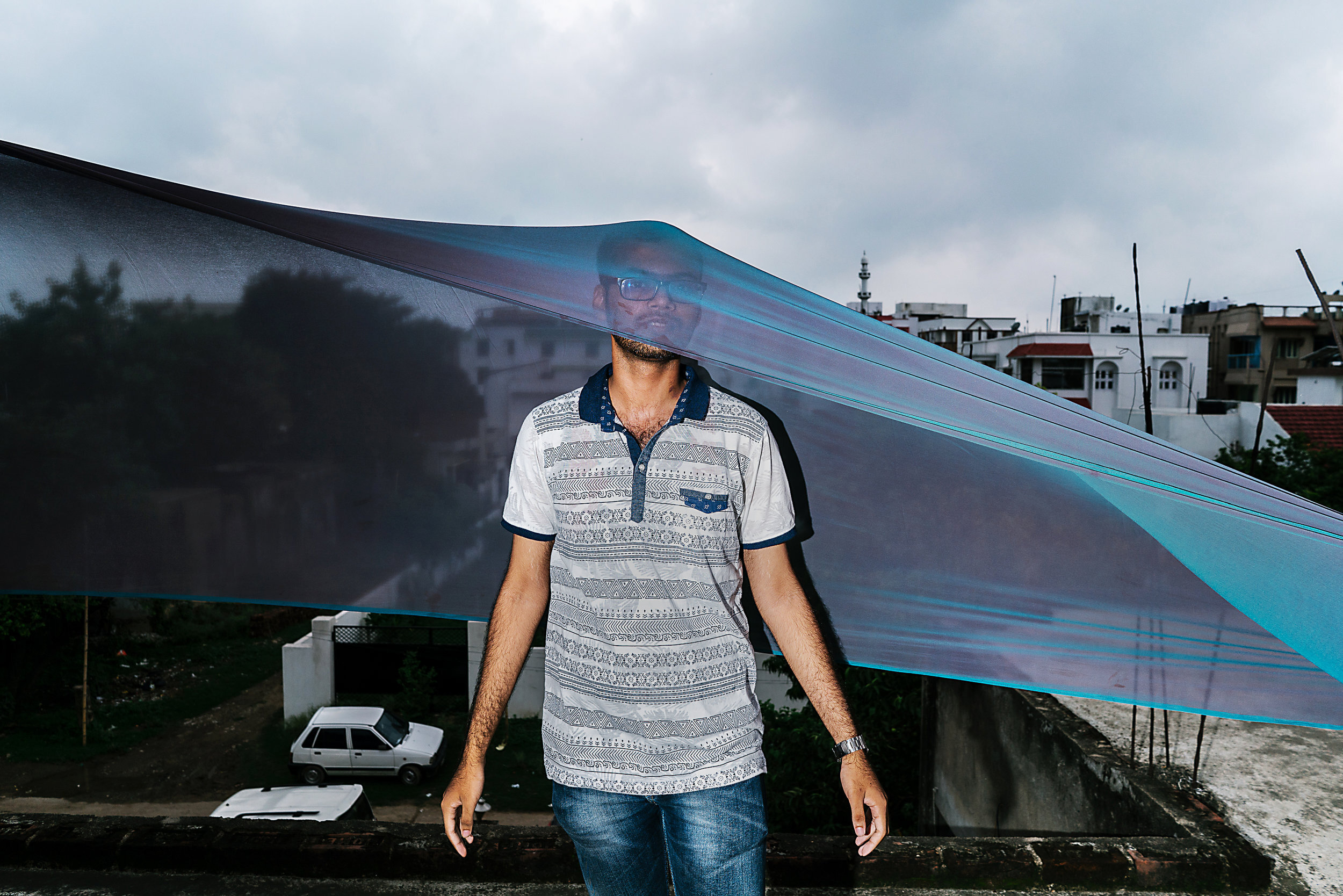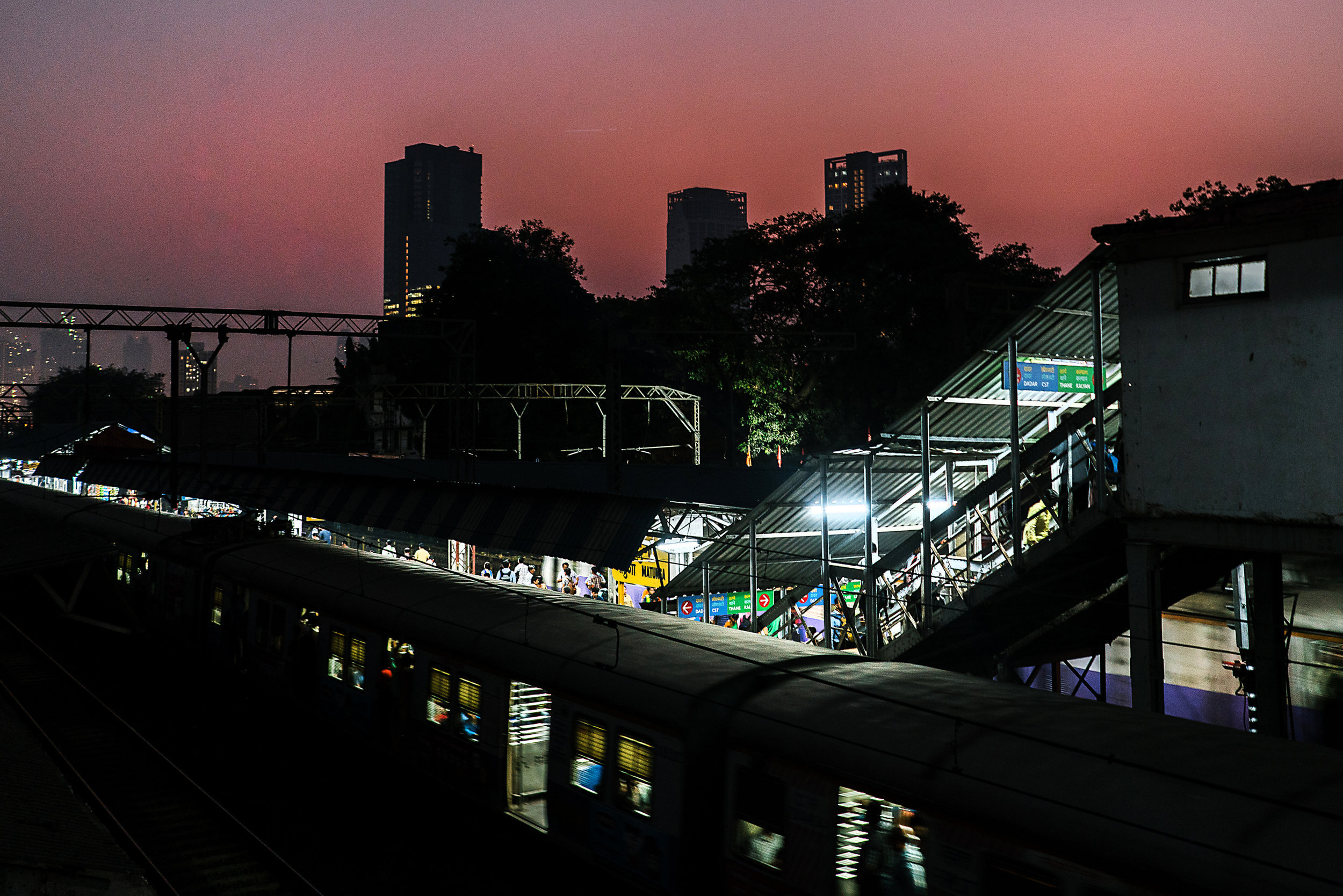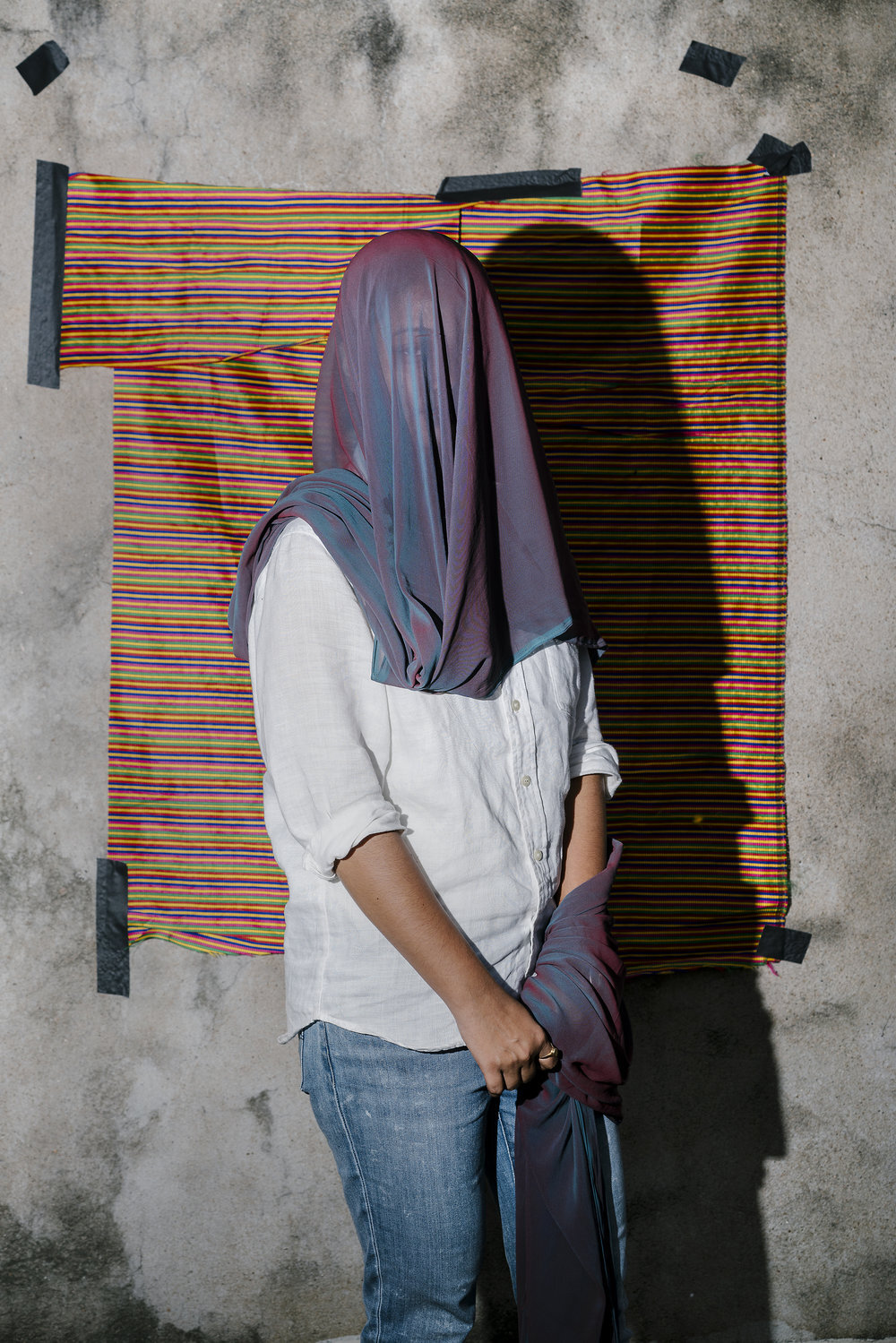In 2009, the Delhi High Court decriminalized Section 377 of the penal code, which made same-sex sexual activity illegal. When the decision came down, many believed it was a huge step in a march toward progress in the rapidly changing country.
So the shock was widespread when, just a few years later in 2013, the Supreme Court nullified that decision. Then, at the beginning of September 2018, the Indian Supreme Court struck down Section 377 once and for all, ending years of limbo. But for a time, India had the peculiar distinction of being one of the only (if not the only) countries in the world to have decriminalized and then re-criminalized homosexuality.
Though court convictions were real, they were uncommon. Instead, the law provided legal cover for harassment, physical abuse, and a general climate of homophobia and transphobia. But despite the newfound legal freedom for members of India’s queer community, there are many social barriers that remain before anything like true equality can be claimed.
Through extensive interviews and portraits, this project explores what it’s like to be queer in the present moment in India. And in the age of Trump, Brexit and other dramatic about-faces, this work explores one community’s sudden shift in fortunes, a microcosm of the global tides rewriting our collective sense of progress.
Accolades and publications of the work include VICE Magazine’s Photo Issue, grants from the Pulitzer Center on Crisis Reporting and the CrossCurrents Foundation, Fractured Atlas Fiscal Sponsorship, and recognition from American Photography and Magenta Foundation’s Flash Forward.
This project is a collaboration with Aarti Singh for our storytelling incubator Suno Labs. The work was exhibited in New Delhi, India, at the India Habitat Centre from Jan 10 – March 18, 2019.




















